Erin Brockhouse
Year of birth: 1996
Where do you live: Miami, Florida USA
Your education: Film and Television BFA from Savannah College of Art and Design
Describe your art in three words: organic, romantic, thoughtful
Your discipline: Film and Photography
Website | Instagram
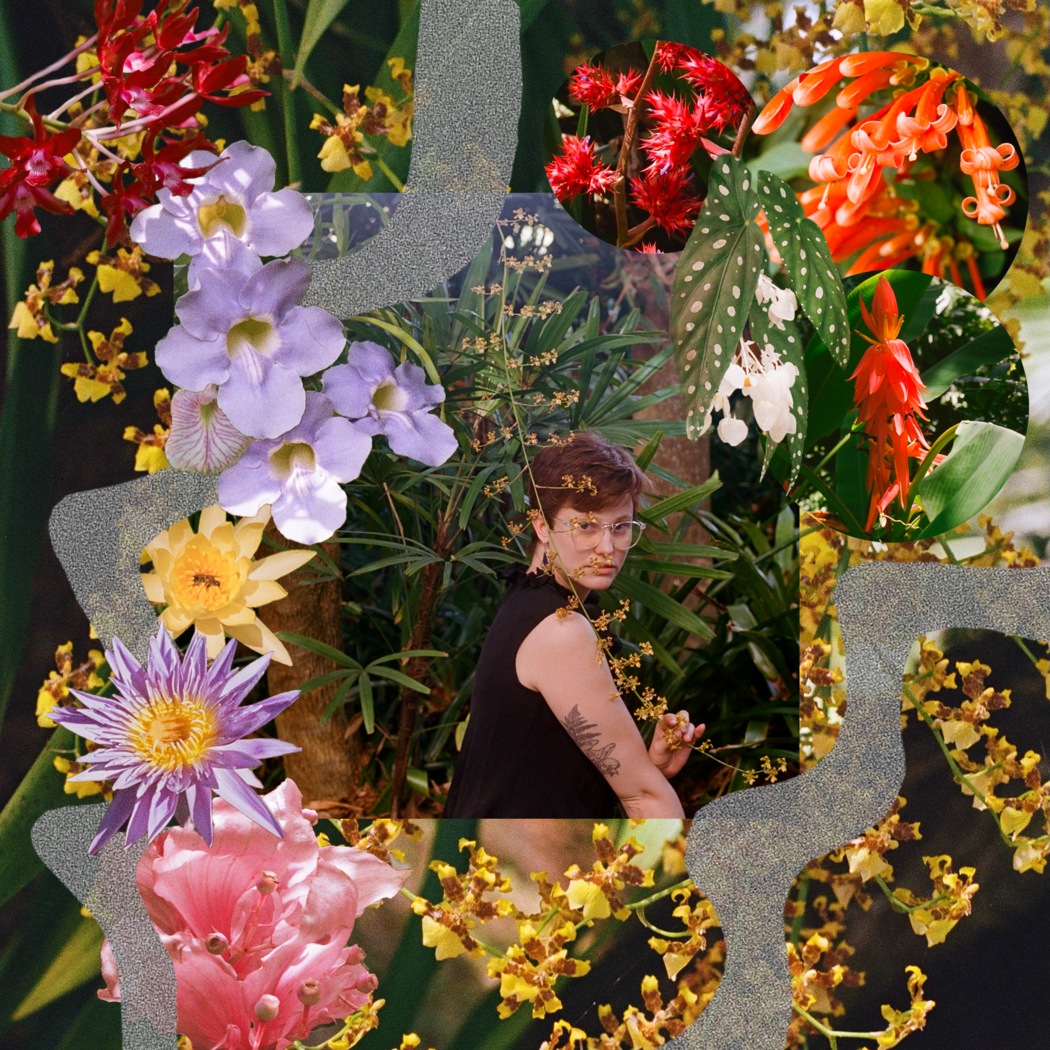
Your photography is described as ethereal and dreamy. Can you tell us more about what inspires this aesthetic and how nature plays a role in shaping your visual language?
Living a majority of my life in South Florida, I am surrounded by a unique diversity of flora and fauna. Growing up and to this day, my father is an avid plant collector and enthusiast. I grew to love and be inspired by nature due to his passion. Continuing my work, I hope to grow my knowledge of plants while drawing attention to their significance in our day to day life.
Nature is intrinsic to the human condition. What I love about nature is how inherently organic and raw it is. I draw inspiration from these qualities to create films and photos. This can be seen throughout my photography, speaking to the whimsical essence of life along with working on documentaries. Behind the camera, I am moved and empowered when capturing someone’s true emotions especially from hearing their authentic stories.
You’ve recently developed a passion for analog photography, particularly 35mm. What excites you the most about working with film, and how does it differ from your previous digital work?
The most exciting aspect of analog photography is the anticipation and mystery. Particularly in today’s world where everything is about instant gratification. It was great to learn photography digitally to understand the technical side and then dive into more traditional methods for further experimentation. When I was in highschool and college, I shot a handful of rolls but became more inclined later on with a close friend’s piqued interest.
There is something romantic about film stills, they feel velvety and tangible. I hope to expand my portfolio by working with 35mm for more staged portraits and still lifes, which I have initially been more comfortable pursuing in a digital format.
My analog and digital photography collages are quite similar, combining portraiture, flower close ups, along with other natural elements. My traditional photo collages differ by incorporating detail, playing with transparency and fluid shapes, and experimenting with asymmetrical compositions.
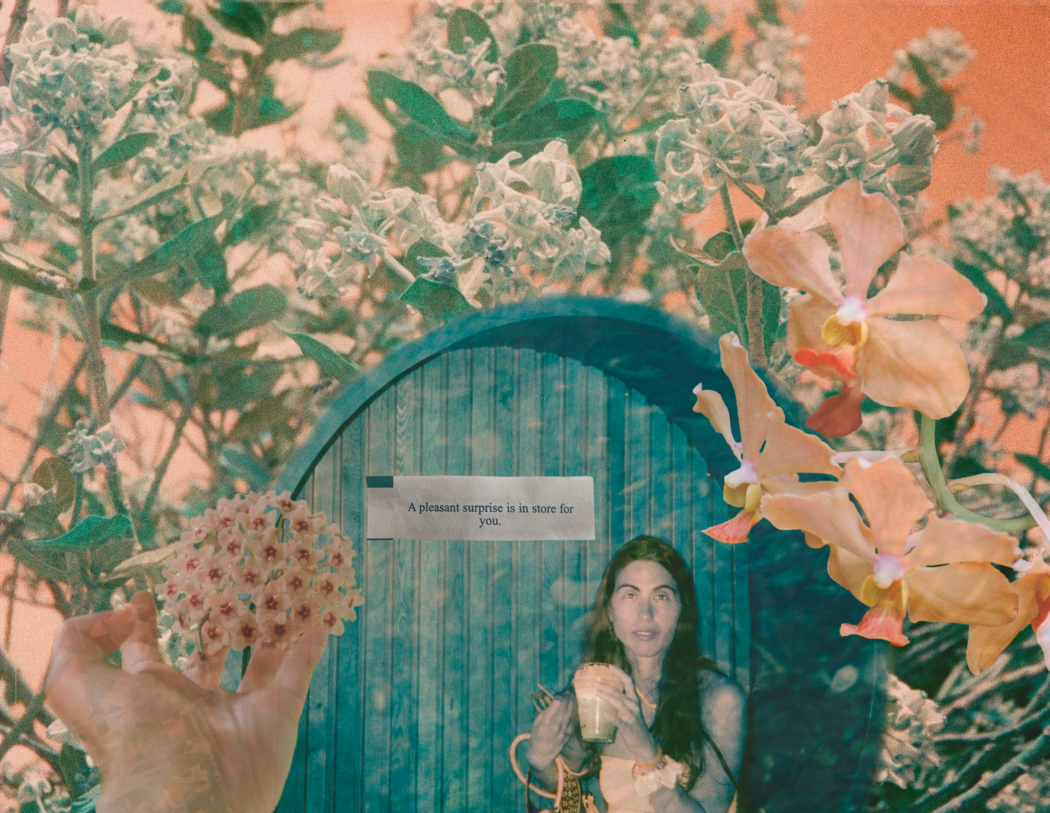
Your recent film about Eastern 401 was exhibited at the HistoryMiami Museum. What led you to tell this specific story, and what challenges did you face in the process of documenting it?
Growing up in Miami, I never knew about the history of Eastern 401. As an adult, I was informed about this tragic aviation accident by one of the survivors, Ron Infantino. Listening to his story for the first time was disheartening and touching.
I became impassioned to tell his story along with Mercy Ruiz’s, a survivor and flight attendant. There were no films released previously that focused on the survivors’ perspective. The intent for creating “If You Can Hear My Voice, Don’t Light a Match” was to help raise awareness for a potential large-scale memorial to be built and to allow the survivors to tell their story. In late 2022, a small permanent monument was erected in Miami Springs.
There were many hurdles for creating this film, including attempting to get in touch with survivors who were willing to tell their story. After encountering a traumatic event, many people are hesitant to interview and speak openly about their experience. And since this happened in the 1970s, many people have either passed away or moved away since the accident.
You mentioned that your films focus on social issues and give a voice to the voiceless. Can you talk about a project where this mission was particularly impactful for you?
In the future, I would love to work on more documentaries which involve social issues. It is principal to allow people to voice their stories of injustice and adversity, in order to plant the seeds of change.
The most impactful short documentary I directed and produced, in 2019, is entitled “Tension”. This short film is about experiencing Vaginismus, a condition that at the time was not discussed widely. As someone who struggled with this affliction, I felt it was important to educate people about this intimate subject matter as well as create a safe space to talk about it.
When I was first diagnosed, I was quite alone and ashamed. There was little to no mainstream media discussing women’s sexual issues. Later on, I saw this as an opportunity to create a film that would help de-stigmatize Vaginismus. With this project, I hoped to heal myself through the process and to help others who experience similar medical conditions feel seen.
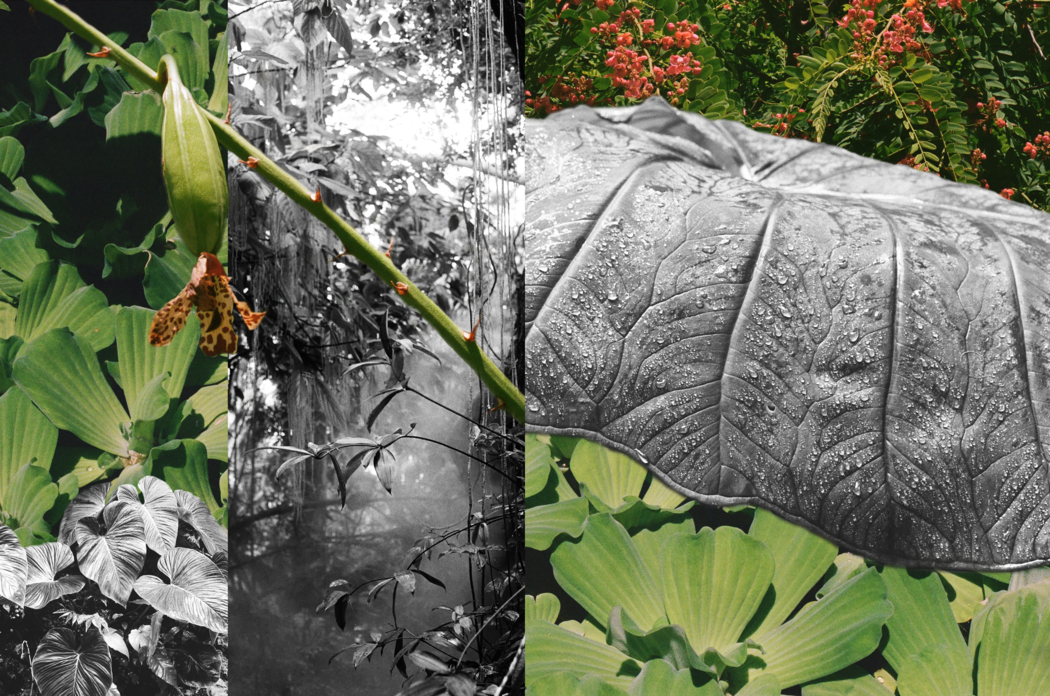
What role does experimentation play in your creative process, especially as you move between different mediums such as film and photography?
You’ve said that your goal is to educate the public on “taboo” subjects. Are there any upcoming projects where you’re tackling such topics? How do you balance sensitivity with the need to provoke thought?
Balancing sensitivity with imagery and interviews can be quite hard to do in a respectful and tasteful way. I find it necessary to choose empathy, try to view the subject from the people who are affected most by it. There is a fine line to walk, capturing the sense of urgency or intense emotion through an unbiased perspective. While balancing the intensity of the subject matter with a positive outlook to help ease tension. In any trying situation, people should always have faith. The resilient force of human nature is the pursuit for a brighter future.
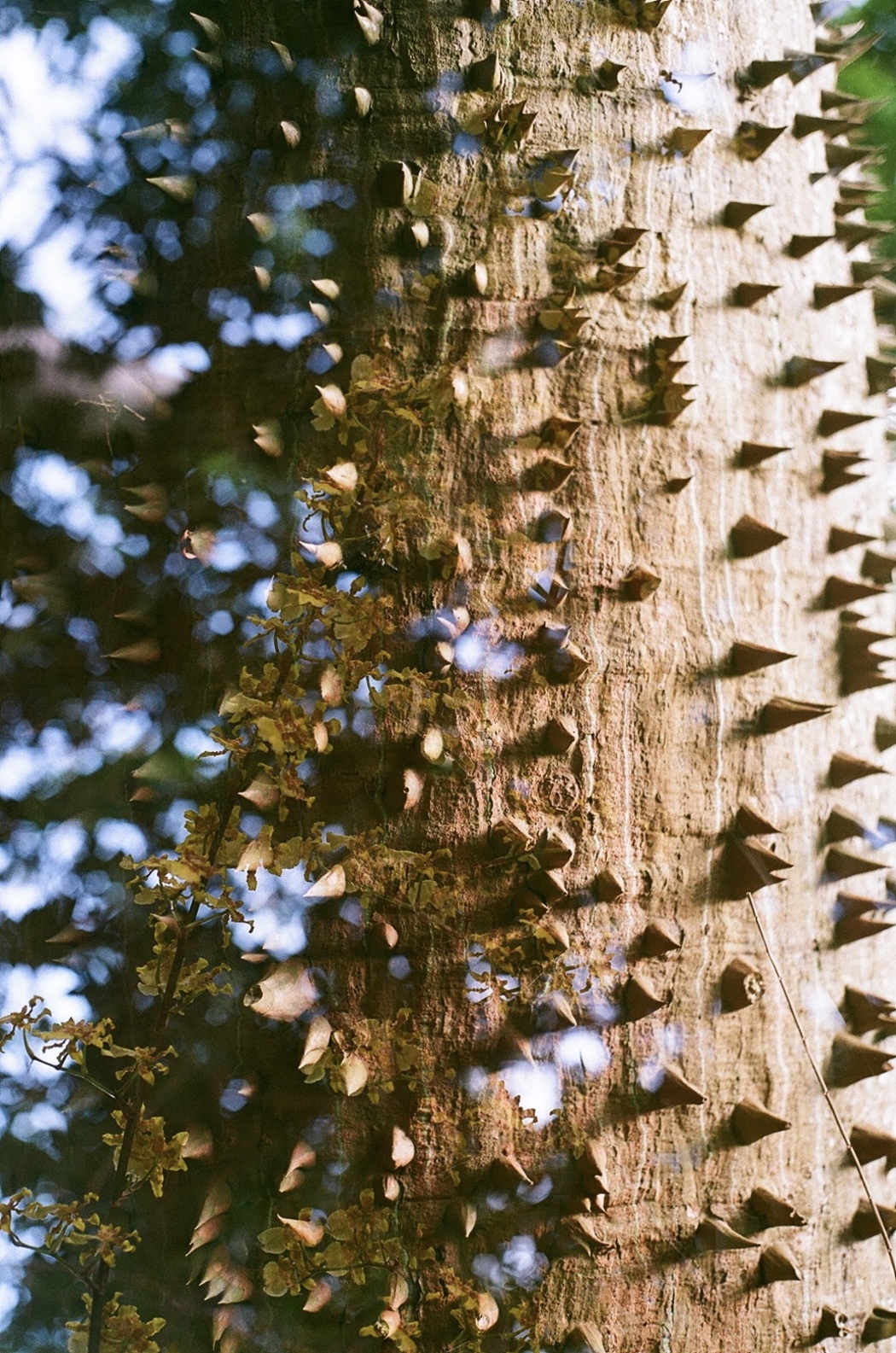
How has your background in cinema and film influenced your approach to photography, particularly your recent work with analog formats?
Although there are many differences between cinema and photography, there are plenty of similarities. Learning the significance of lighting, how it plays a prominent role in evoking emotion or setting the tone to portray a story whether it is in moving or still form.
Understanding lighting has given me an advantage for working with film. At times, it has been difficult comprehending the impact of color temperature and intensity of light for indoor staged shoots. Re-learning the process and technique in a new medium can be a difficult process but fun nonetheless.
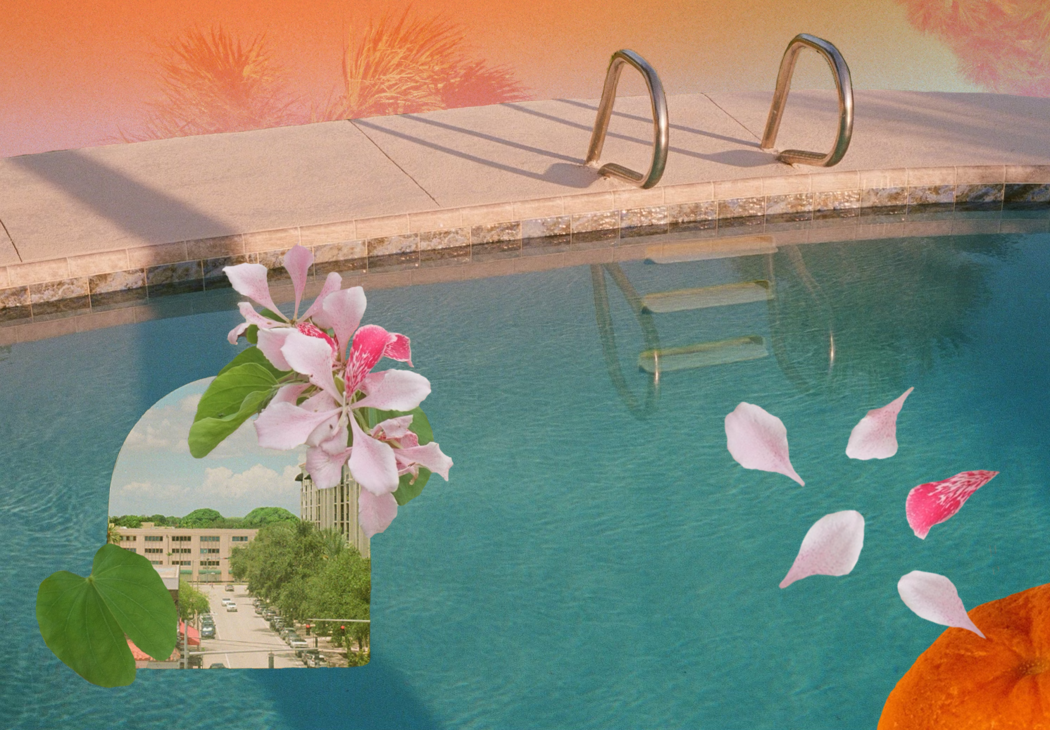

Leave a Reply